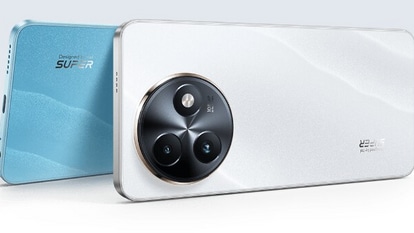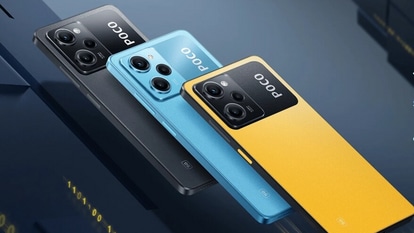Phone review: Garmin ASUS M10
More a navigational system, less a phone. Should we be complaining?
The Garmin's Nuvifone G60 with its super smooth Linux-based UI is more a GPS device than it is a mobile. The same would hold true for this, the M10.
Form
The M10 is large and slightly heavy but not altogether bad looking. The large 3.5-inch touchscreen (480 x 800 pixels) is, unfortunately, resistive so you'll need a stylus. If you ask me, this could be considered their first mistake. There are volume/ zoom keys on one side and a micro USB port above the cradle docking port. The 3.5 mm handsfree socket is on the top. The M10 comes with 4 GB internal memory; there's no hot swap slot for the microSD card.
The bundled handsfree kit is very comfortable to use for long durations and Garmin-ASUS has included an additional stylus in a very handsome carry case. But there's no car kit or cradle.
User interface
The M10 runs on a Windows Mobile 6.5.3 Professional edition with negligible customisation possible in terms of the UI. All it offers are options to create shortcuts on multiple desktops. It's finger friendly to an extent. The Qualcomm 7227 600 MHz processor runs smoothly and multi-tasks without a hassle. The WinMob virtual keypads supplement the larger QWERTY option also available, but I found the layout too small for my fingers.
Connectivity
It's a 3G-enabled handset. There's EDGE, GPRS (Internet sharing also available via USB or Bluetooth), Wi-Fi (with Wi-Fi sharing), Bluetooth v2.0 + EDR with support for A2DP and USB 2.0. Setting up email is no problem with WinMob devices with support for Push mail (POP/ IMAP) and Exchange services. Microsoft applications such as Marketplace for downloads,
My Phone for data back up, Windows Live Messenger, and RSS reader are included. There's a WinMob Facebook application available but it's easier going to use the mobile site via the new IE browser. There's a YouTube shortcut and a Garmin's GPS supported Ciao application, which is a bit like Foursquare. A Bing application with a voice search feature like Google can help you locate the goings on in your vicinity.
GPS
The handset's GPS capability is its biggest asset. Not only does it acquire satellites faster than any other handset, including the G60, the applications are extremely handy. Navteq has provided detailed maps. There are options to search specific areas and store coordinates for contacts. There's a travel guide and a list of hospitals, police stations, gas stations and parking areas in your vicinity. Plotting routes is simple and the Voice guided module is loud and clear.
Camera
The 5 MP camera supports Geotagging and has white balance, a few effects and exposure adjustment. It's supposed to be an autofocus camera but it turned out to be purely click and release. No visible focus seemed to occur. Image quality isn't too bad.
It seemed like my iPhone was able to get full strength in the same areas that the M10 showed no more than three bars. I could make calls with no issues of voice clarity, but the M10 wasn't consistent.
There's no radio and the only video player is the native Windows Media player. It read all my test files including those in DivX and XviD formats. The M10 only has one game, the WinMob Solitaire.
Verdict
The price tag on the M10 is ₹19,499, which may not seem like a bad price for a touchscreen handset designed for GPS. While it performs its primary function very well, it does leave a bit to be desired when it comes to call reception and music playback. I was able to use the handset for two days with camera, music, messages, email, calls and a little GPS thrown in as well. So no complaints about the battery.
Catch all the Latest Tech News, Mobile News, Laptop News, Gaming news, Wearables News , How To News, also keep up with us on Whatsapp channel,Twitter, Facebook, Google News, and Instagram. For our latest videos, subscribe to our YouTube channel.

























